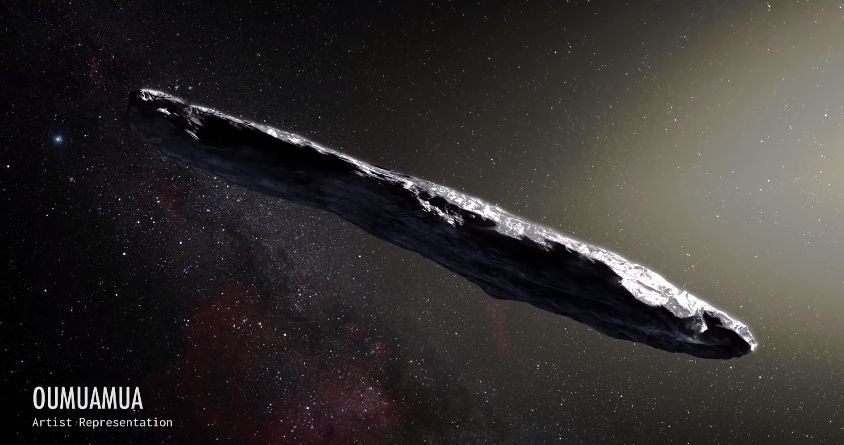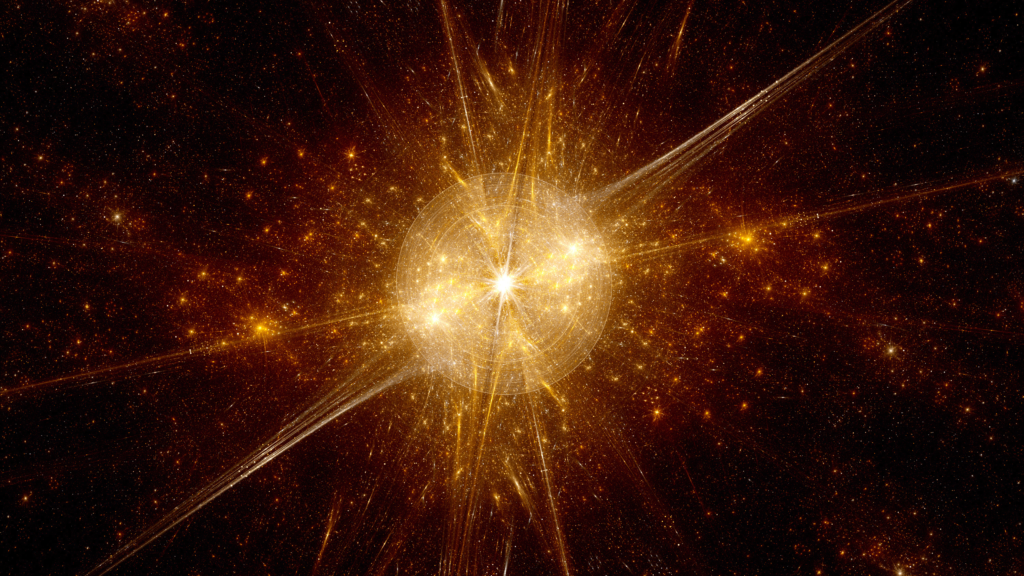Five years ago today, a comet came from somewhere else and orbited our Sun and disappeared. This was a big shock because it was the first time a comet had been detected in another solar system. Some people even thought that it was not a comet but a spacecraft. But the astronomers assured that it was a normal comet. It was a little strange, but it was a comet without a tail because its material had evaporated. But it is the first object that came from the solar system. The name of this come’t is Oumuamua.

In August 2019 there is an astronomer in Crimea who discovered a comet that passed through our solar system very fast. Astronomers believe that this comet was not part of our solar system but came from somewhere else. We got to know this from its speed because the speed of its rotation in our solar system was 32 km per second and this speed cannot be of any object in our solar system.

In its trajectory at that time, it came closest to the Sun on December 8 and that too far away, its distance was 300 million kilometers from the Sun, and on December 14 it started moving outward.
Now a question arises that what kind of comet is this come,t if it came from another solar system. The strangest thing about this comet is that it is not strange because the things seen in it were just normal like come’ts in our solar system. It was about a mile. There are exactly the same comets in our solar system, some big and some small, and they have exactly the same properties that were found in this come’t, so this is not an unusual thing. When it came close to the Sun, its gases were detected, and it was found that the composition of these gases is the same as that of other comets.
From this we know one thing that our solar system is not strange but other solar systems are also like our solar system. And this comet, though it came from another place, still has the same properties as other comets. Now the question is, where did this come,t come from, no one knows the answer yet.
It was said at the time that its isotopes may have been able to tell which star it came from when it passed closest to the Sun. But the problem here was that astronomy only had the opportunity to do this until September 2020, after which it had to bid our solar system goodbye.

As you can see in the picture, this comet is just like normal comets, but if you look at its background, you will also see a galaxy. This galaxy is billion of light years away and ahead of it. We see that comet in the foreground.
Oumuamua Comet
In late 2017, astronomers made a groundbreaking discovery when they detected an unusual object hurtling through our solar system. Named ‘Oumuamua‘, which means “scout” or “messenger from afar” in Hawaiian, this interstellar visitor exhibited unprecedented characteristics. Unlike typical celestial bodies, ‘Oumuamua‘had an elongated, cigar-like shape, measuring about 800 meters long and 80 meters wide. This peculiar form sparked intense curiosity and led scientists to question its origin and composition.
One of ‘Oumuamua’s’ most intriguing features was its non-gravitational acceleration, indicating that it was subject to forces beyond simple gravitational influence. This suggested the presence of an unknown propulsion or outgassing mechanism. While it lacked the visible coma or tail commonly associated with comets, scientists speculated it was likely an asteroid made of rock or metal. However, the exact nature of its composition remained uncertain.
‘Oumuamua’s’ path through our solar system confirmed that it hailed from outside our own celestial neighborhood, marking it as the first confirmed interstellar visitor. Despite extensive efforts, pinpointing its exact origin within the Milky Way remained a challenge. The object’s fleeting visit, passing closest to the Sun in September 2017 before disappearing from view, limited the window for detailed study.
The peculiarities of ‘Oumuamua’ ignited a range of theories, from natural phenomena like outgassing to more exotic speculations, including the possibility of an alien spacecraft. It’s important to note that while these hypotheses stimulate scientific inquiry, they require extraordinary evidence to gain widespread acceptance. ‘Oumuamua’s’ visit serves as a powerful reminder of the boundless mysteries awaiting exploration beyond our solar system, urging scientists to refine their understanding of interstellar objects and the broader cosmic tapestry in which they roam.

